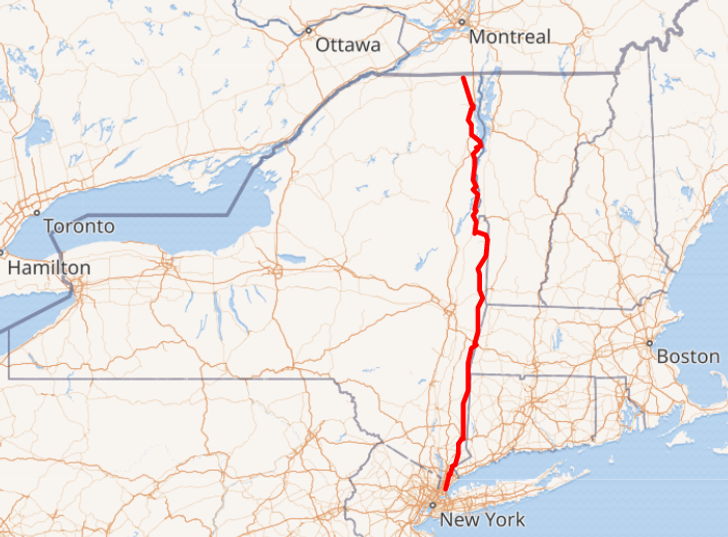1st most are common sense, however the shut off the AC isn't correct. Almost all vehicles are designed to be far more aerodynamic with the windows up. With windows down, most vehicles will make a loud (almost thumping) noise due to the wind coming inside and actually making it less fuel efficient.
2nd, most vehicles are designed to go up to 10,000 miles (16093.44 km) before oil change is required. In fact, most vehicles come with a light on the instrument panel (dashboard) telling you when it is time to get an oil change. Many cars even have a way of scrolling down in the instrument cluster that will tell you what percent of oil life remains.
8 Driving Hacks That Can Save You Gas Money
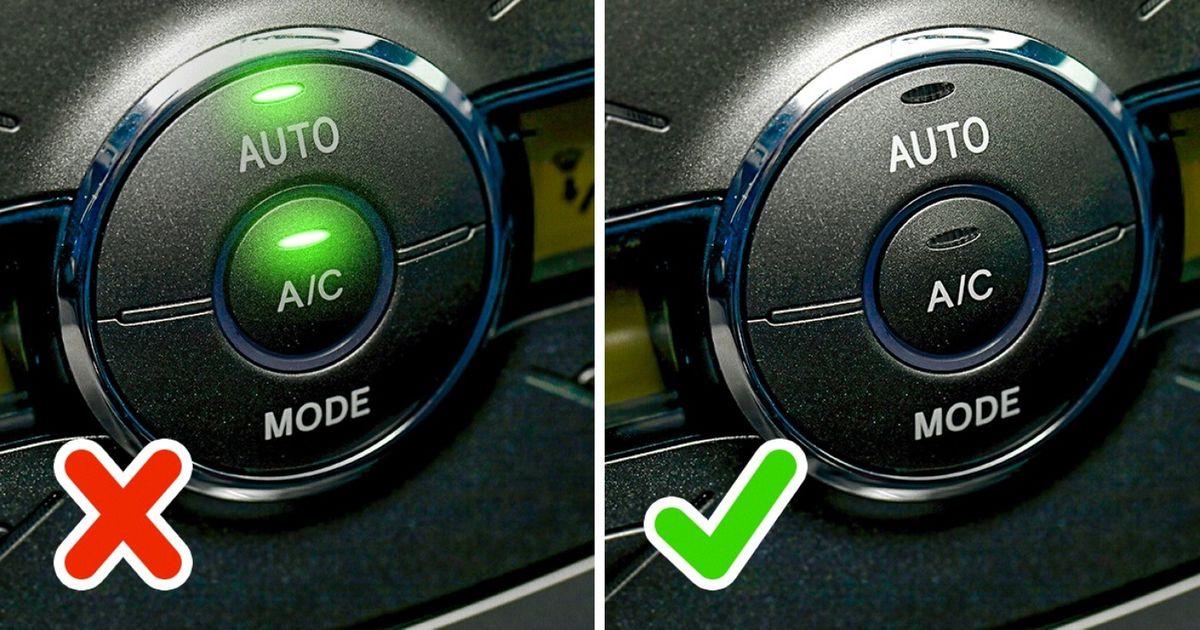
Regular car usage brings significant fuel expenses. Moreover, there is a direct connection between mileage and the frequency of maintenance services.
8. Don’t put the pedal to the metal.
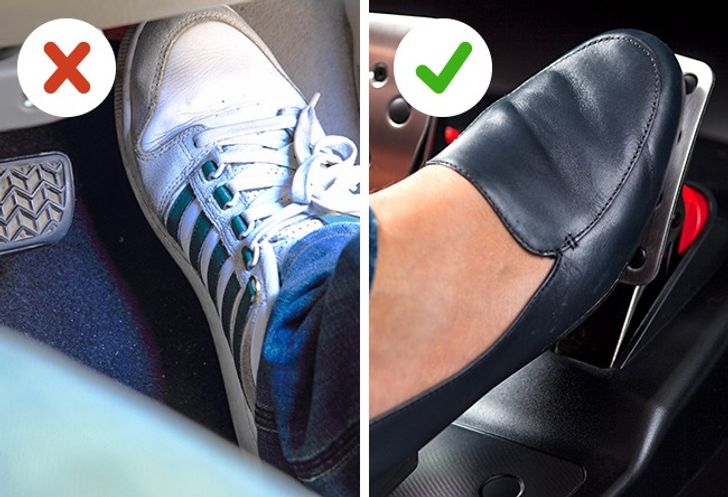
One sees a lot of drivers on the roads who just love to slam on the acceleration. But in driving school, we were told that acceleration and braking should be done smoothly because it guarantees reduced fuel consumption. When you accelerate sharply, it makes your car consume more energy, thus fuel consumption also increases.
7. Use cruise control on the highway.
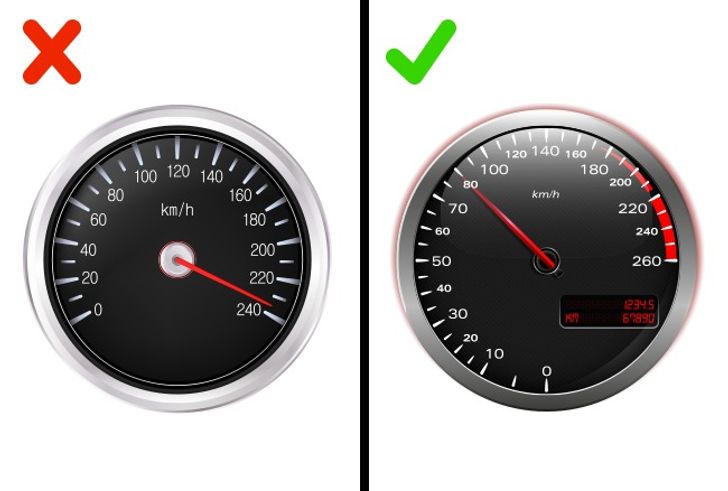
Your vehicle will consume much less fuel if you follow speed limits and use cruise control rather than accelerating on each open road section. To cope with wind drag, your car has to increase engine speed, increasing fuel consumption.
6. Undergo servicing on time.
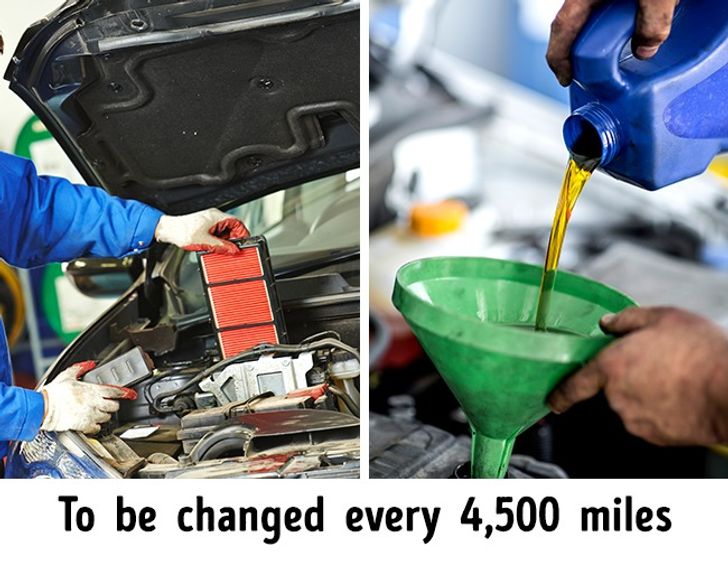
5. Turn off the air conditioning.
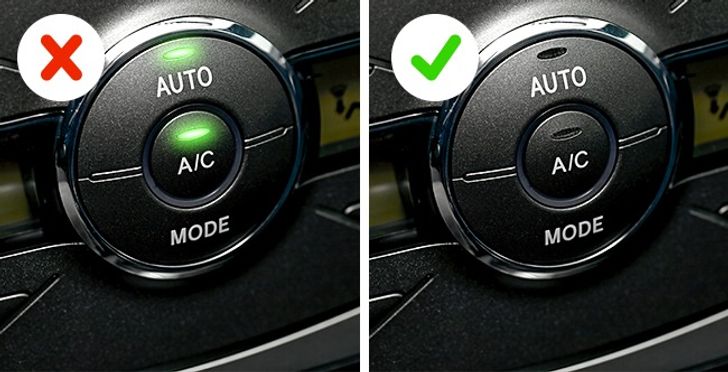
In this case, everyone must decide for themselves which is more important — comfort or fuel economy. With the air conditioner turned on, fuel consumption increases by a lot. The other electrical appliances are not as fuel-hungry.
4. Make the route logistically efficient.
If you plan your route efficiently, it will help you to save on gas expenses, especially during the winter months. A cold engine will consume more fuel for the first 5 miles or so. Try to combine all your daily errands into one big trip so as not to warm up the engine a few times a day.
3. Don’t drive when it rains.

When it rains, there is a high risk of an accident. But apart from that, fuel consumption also gets higher. On dry days, the vehicle consumes a lot of energy when accelerating to cope with the wind drag. On rainy days, the water resistance on the road is even higher.
2. Monitor your tire pressure.
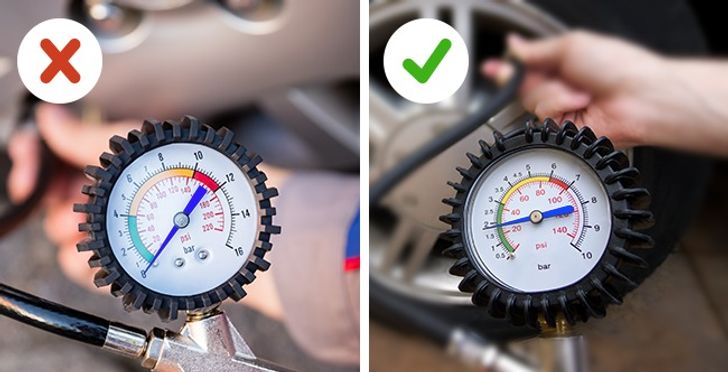
First of all, properly inflated tires provide an optimal braking path. Secondly, if the tires are underinflated by at least 0.1 atm, it can cause fuel consumption to increase by 2-3%. That is why it is so important to monitor the level of pressure in the tires and keep it in accordance with the recommended level, especially during cold weather.
1. Remove unnecessary weight.
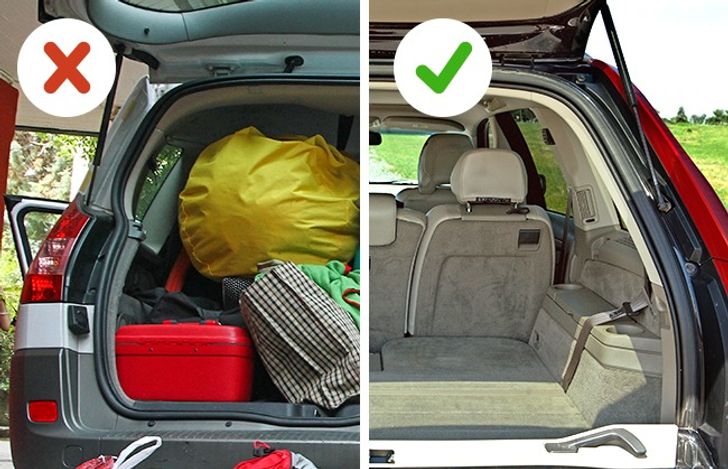
Some drivers prefer to carry everything in the car, regardless of whether they need it or not. It is better to unload the trunk and keep only necessary things, such as a spare wheel, a tire jack, and cap keys. The more weight your vehicle carries, the more fuel it consumes.
Comments
Related Reads
I Invited My Son’s Ex-Wife to Thanksgiving Dinner — It Ended Tragically

14 Unique People Who Seem to Have Aliens Among Their Ancestors

I Refused to Split My Inheritance With My Partner — I’m Not His Bank

I Refuse to Be Forgotten After Raising My Stepson for 14 Years

I Agreed to Adopt My SIL’s Baby — but Her Real Motive for Giving Him Up Broke My Heart

18 Stories That Prove a Cleaner’s Job Is About More Than Just Dusting

I Refused to Babysit My Boss’ Dog — I’m a Manager, Not a Dog Walker
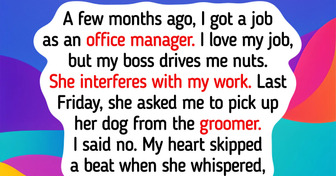
20 Moments When Quiet Kindness Turned Regular Humans Into Heroes

My DIL Excluded Me From Gender Reveal Party, Saying I’m "Not Family"—Big Mistake

14 People Who Walked Straight Into Awkward Moments

I Refuse to Let My Daughter-in-Law Ban Me From Seeing My Grandkids

I Refuse to Sleep Under the Same Roof as My Stepson — My Daughter’s Safety Comes First

